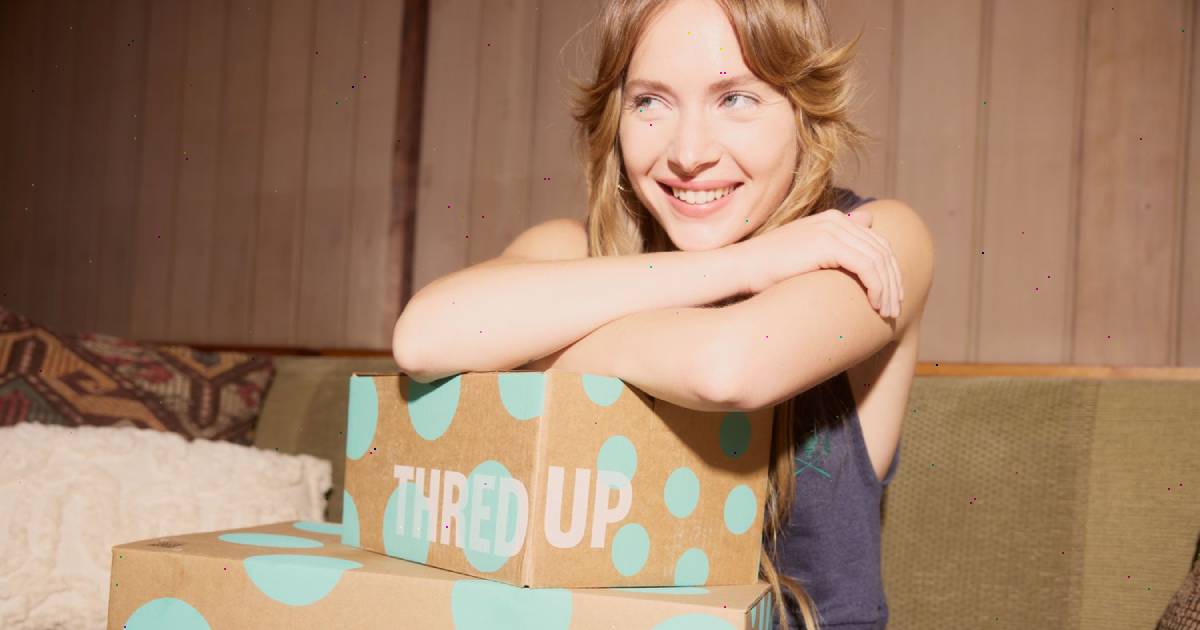Resale Market Gives Brands a Second Chance

By Mark Seavy
As the market for secondhand products broadens, will it start to encroach on licensed goods?
It hasn’t happened yet, partly because platforms like ThredUp, RealReal, and Rent the Runway have largely focused their efforts on luxury labels rather than on goods carrying entertainment, corporate, and other brands.
Those categories will likely come into focus as the market continues to grow, however, as the Latham Act first sale doctrine allows trademarked products to be resold without risk of infringement. For IP owners, that means any benefit they may receive from secondhand sales is largely confined to raising a brand’s profile.
It’s not an unsubstantial benefit considering the global apparel resale market is expected to increase to $350 billion by 2027, up from $211 billion last year, according to the research firm Statista. And ThredUp, which carries 160 brands, reported the U.S. resale market is forecast to increase 11% annually through 2027 to hit $78 billion.
ThredUp’s sales of branded secondhand goods rose 31% in 2023 and the company reported 1.8 million active buyers in Q4 ended December 31. Rent the Runway’s average active subscribers during the same quarter decreased 1.3% from a year ago to 128,840.
“It is something the licensing community can’t ignore because it gives brands a second shot at raising their profile and an opportunity to take advantage of things like the recent surge in interest in nostalgia-related products,” a licensing executive said.
But as the market continues to grow, purveyors of secondhand apparel and other products are changing their strategy.
Rent the Runway, ThredUp, RealReal, and eBay are shifting to consignment sales that carry a commission and reduces their operating costs. About 30% of Rent the Runway’s inventory is purchased on consignment, CEO Jennifer Hyman said.
“We found out that product over a year old was crowding out some of the best stuff in the browsing experience” ThredUp CFO Sean Sobers said. “So, we are full speed ahead on the consignment transition. And we will not have any of the legacy products holding us back, whether that is in our facility and or in the browsing and search experience.”
And while much of the activity in the secondhand market currently involves apparel, Dick’s Sporting Goods is expanding its partnership with SidelineSwap this year to include a used sports gear trade program at select stores. During the events, consumers get paid after droping off gear that is evaluated by SidelineSwap. Dick’s has been working with SidelineSwap for three years, with SidelineSwap enabling two million customers to resell $250 million worth of secondhand sports equipment, according to the retailer. Consumers received an average of $120 for their trade ins.
“We are reinvigorating full-stack marketing of our [Rent the Runway] brand to widen our funnel of potential customers and digital product innovation to increase customer conversion and loyalty,” Hyman said. “Now is the perfect time to put our foot back on the gas pedal as it relates to marketing as our inventory is in a great position.”




